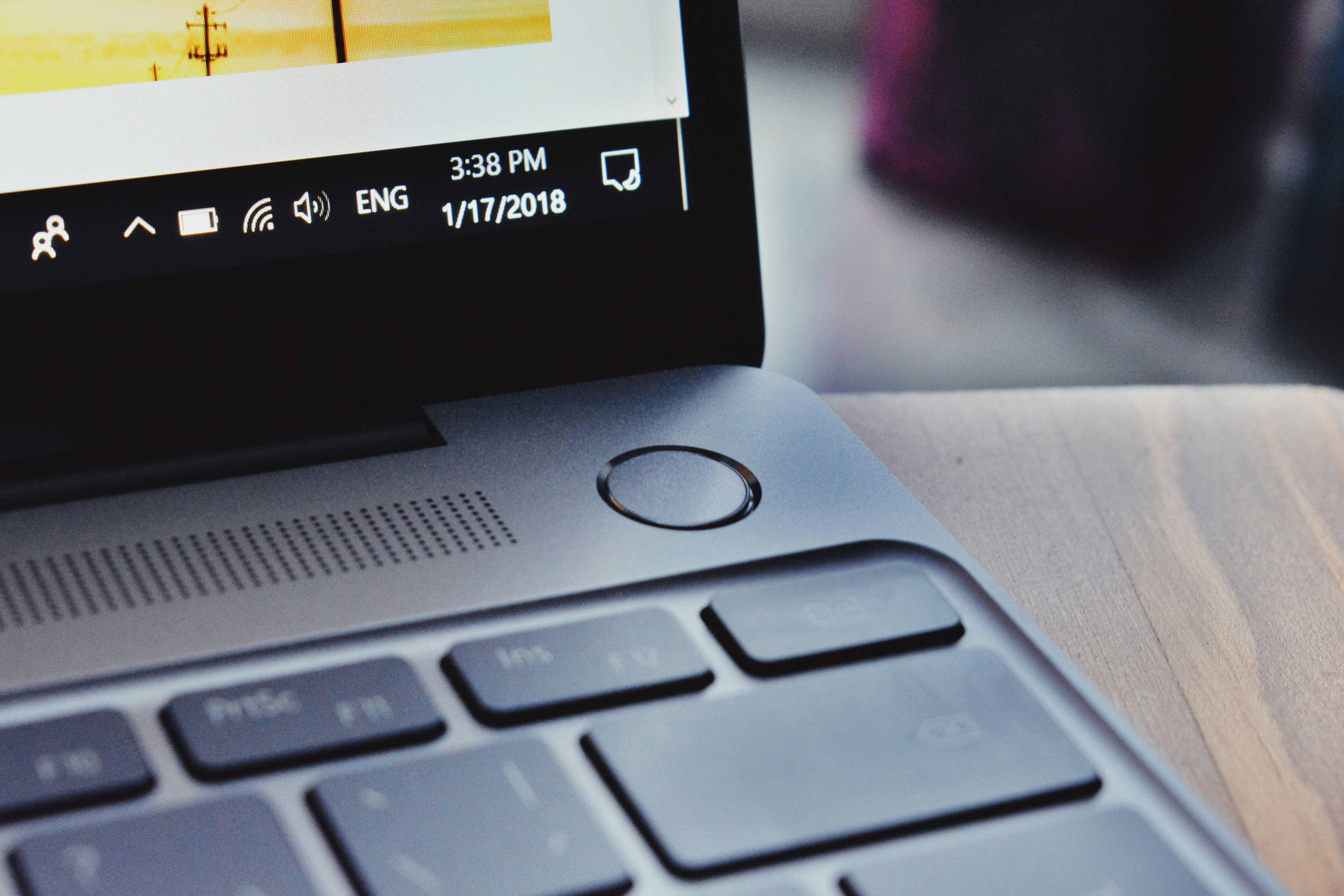Web Accessibility
We often associate accessibility with physical spaces, imagining accessibility as synonymous with ramps for wheelchair users, braille translations for blind people, or content adaptations for people with disabilities. However, we overlook a critical dimension: the web world.
- What is Web Accessibility?
- Key principles: What is web accessibility?
- Why create accessible websites?
- Tools and evaluation: Is my website accessible?
What is Web Accessibility?
Web accessibility refers to the practice of ensuring that people with disabilities can fully use and enjoy online resources. This concept encompasses various disabilities, such as auditory, cognitive, neurological, physical, and visual. At Misterio Studio, we understand the importance of designing web pages in a way that everyone perceives, understands, navigates, and uses, making the virtual world a more accessible and inclusive space. This article breaks down some of the essential elements for understanding and improving web accessibility. Let's dive in!
Key principles: What is web accessibility?
According to the World Wide Web Consortium (W3C), the organization that sets web standards, web accessibility is based on four fundamental principles: permeability, operability, understandability, and robustness. These principles serve as a guide to ensure that our web pages are accessible to all audiences.
- Permeability
We ensure that information and user interface components are presented in a way that can be perceived by all users, including those with visual or auditory impairments.
Example: We provide alternative versions of content such as audio descriptions of some elements, text descriptions of images, and informative icons."
- Operability
We ensure that all users can interact with and navigate our website, regardless of their motor skills.
Example: Does your website have the ability to adjust text size? This can help users with vision problems or dyslexia read content more easily.
- Understandability
We facilitate the understanding of information and the operation of the user interface, benefiting users with cognitive disabilities.
Example: We provide accessible language for all audiences, and if we cannot guarantee this, we offer dictionaries or complementary resources to make everything understandable to the most significant number of users.
- Robustness
We ensure that our content is compatible with various technologies and can be reliably interpreted by various users and user agents, including assistive technologies.
Example: We check that our website is visible not only to the most current browsers but also to those outdated or discontinued to ensure the universality of the content.
Why create accessible websites?
According to the WHO, 15% of the world's population, that is, 1 billion people, suffer from some form of disability. Creating accessible virtual spaces becomes an ethical obligation ratified by 185 United Nations countries to include all users who are in a situation of exclusion due to some disability. Having your website correctly adapted can represent access to information for new groups of people, promoting their social inclusion and improving their quality of life.
Applying web accessibility criteria can also improve the SEO positioning of your page. Search engines like Google take into account improvements on your page, including those that make your site more accessible and structurally well-planned.
With an accessible website, you can improve the reach of your project, brand, or product. Users who navigate with special reading programs will be able to shop in your e-commerce, and/or you will appear in new searches, expanding your visibility to new target audiences that you had just been able to reach.

Tools and evaluation: Is my website accessible?
In case of doubt, we propose adopting a proactive approach to ensuring your website's accessibility. We suggest using evaluation tools and following the guidelines established by the W3C to identify and address possible accessibility barriers. In addition to following these universal guidelines, there are other checking methods, such as testing your page with a pilot group of users who offer their own experience. Test the possible barriers, listen to their requests and comments, and rectify those elements that could be improved.
If you found this post interesting, we recommend visiting the rest of the accessibility resources to continue learning.